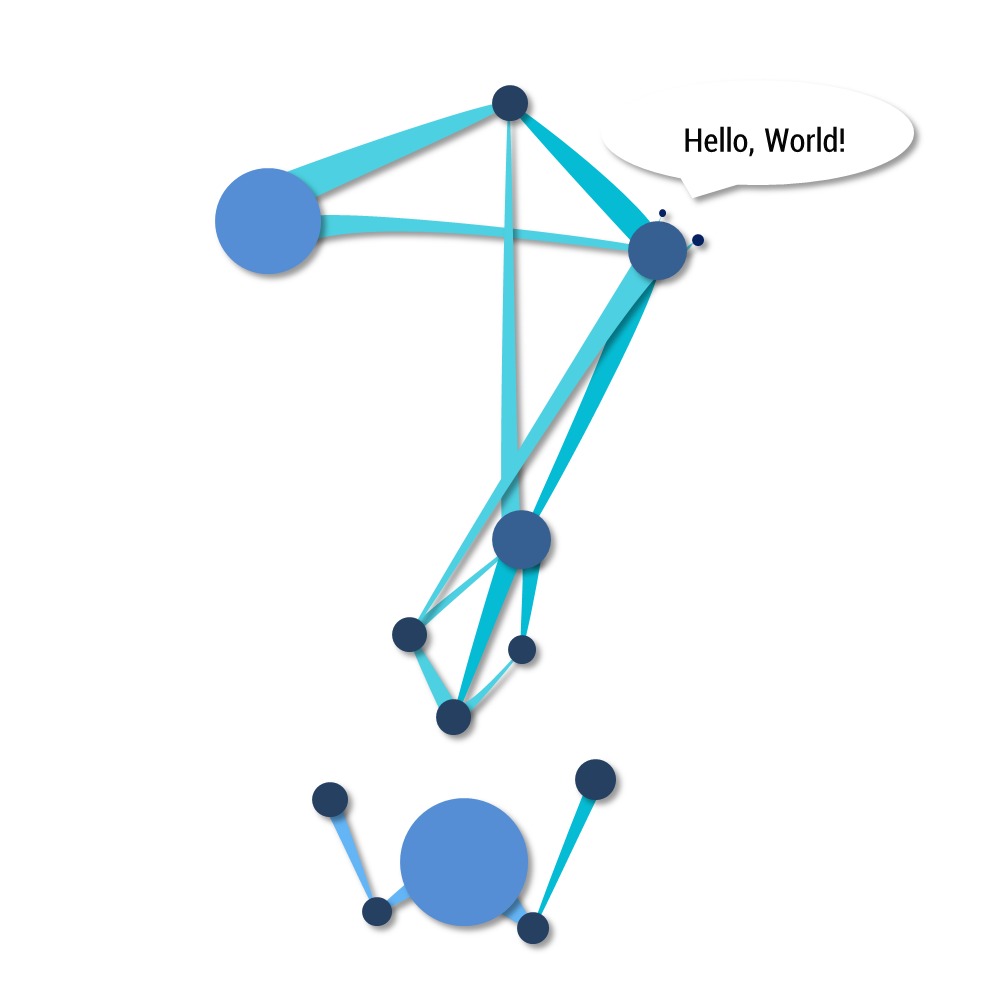Notice
Recent Posts
Recent Comments
NeuroWhAI의 잡블로그
[Rust] 계산 그래프 - '밑바닥부터 시작하는 딥러닝' 5장 본문
※ 실제로 동작하는 전체 소스코드는 GitHub에서 보실 수 있습니다.
5장에서는 계산 그래프라는 방법을 통해 순전파, 역전파를 가르쳐줍니다.
연쇄 법칙(Chain rule) 덕분에 각 층의 자체(?) 기울기를 곱하면서 역전파하면 각 층의 최종 기울기를 얻을 수 있습니다.
아래 코드는 간단하게 덧셈, 곱셈 레이어를 만들고 이를 사용하여 사과, 오렌지의 가격을 순전파로 계산한 다음
역전파로 각 요소가 최종 가격에 끼치는 기울기를 계산하는 예제입니다.
코드:
pub struct MulLayer {
x: f32,
y: f32,
}
impl MulLayer {
pub fn new() -> Self {
MulLayer {
x: 0.0,
y: 0.0
}
}
pub fn forward(&mut self, x: f32, y: f32) -> f32 {
self.x = x;
self.y = y;
x * y
}
pub fn backward(&self, dout: f32) -> (f32, f32) {
(dout * self.y, dout * self.x)
}
}
pub struct AddLayer {}
impl AddLayer {
pub fn new() -> Self {
AddLayer {}
}
pub fn forward(&mut self, x: f32, y: f32) -> f32 {
x + y
}
pub fn backward(&self, dout: f32) -> (f32, f32) {
(dout, dout)
}
}fn test_layer_naive() {
use self::layer_naive::{MulLayer, AddLayer};
let apple = 100.0;
let apple_num = 2.0;
let orange = 150.0;
let orange_num = 3.0;
let tax = 1.1;
// Layer
let mut mul_apple_layer = MulLayer::new();
let mut mul_orange_layer = MulLayer::new();
let mut add_all_layer = AddLayer::new();
let mut mul_tax_layer = MulLayer::new();
// Forward
let apple_price = mul_apple_layer.forward(apple, apple_num);
let orange_price = mul_orange_layer.forward(orange, orange_num);
let all_price = add_all_layer.forward(apple_price, orange_price);
let price = mul_tax_layer.forward(all_price, tax);
println!("Total apple price: {}", apple_price);
println!("Total orange price: {}", orange_price);
println!("Total price without tax: {}", all_price);
println!("Total price with tax: {}", price);
// Backward
let d_price = 1.0;
let (d_all_price, d_tax) = mul_tax_layer.backward(d_price);
let (d_apple_price, d_orange_price) = add_all_layer.backward(d_all_price);
let (d_orange, d_orange_num) = mul_orange_layer.backward(d_orange_price);
let (d_apple, d_apple_num) = mul_apple_layer.backward(d_apple_price);
println!("dApple: {}", d_apple);
println!("dApple_num: {}", d_apple_num);
println!("dOrange: {}", d_orange);
println!("dOrange_num: {}", d_orange_num);
println!("dTax: {}", d_tax);
}결과:
Total apple price: 200 Total orange price: 450 Total price without tax: 650 Total price with tax: 715 dApple: 2.2 dApple_num: 110 dOrange: 3.3000002 dOrange_num: 165 dTax: 650
결과에서 dTax는 부과세가 1원 증가하면 최종 가격은 650원 증가한다는 의미입니다.
같은 이야기로 dApple_num은 사과 개수가 1개 증가하면 최종 가격은 110원 증가한다는 의미입니다.
이렇게 각 요소별로 최종 가격에 대한 기울기를 계산할 수 있음을 확인했습니다!
'개발 및 공부 > 알고리즘' 카테고리의 다른 글
| [Rust] 매개변수 갱신법들 - '밑바닥부터 시작하는 딥러닝' 6장 (0) | 2018.07.27 |
|---|---|
| [Rust] 계층(레이어), 오차역전파 - '밑바닥부터 시작하는 딥러닝' 5장 (0) | 2018.07.25 |
| [Rust] 2층 신경망으로 MNIST 학습 - '밑바닥부터 시작하는 딥러닝' 4장 (0) | 2018.07.15 |
| [Rust] 경사 하강법 - '밑바닥부터 시작하는 딥러닝' 4장 (0) | 2018.07.15 |
| [Rust] 손실 함수 - '밑바닥부터 시작하는 딥러닝' 4장 (0) | 2018.07.15 |
Comments
